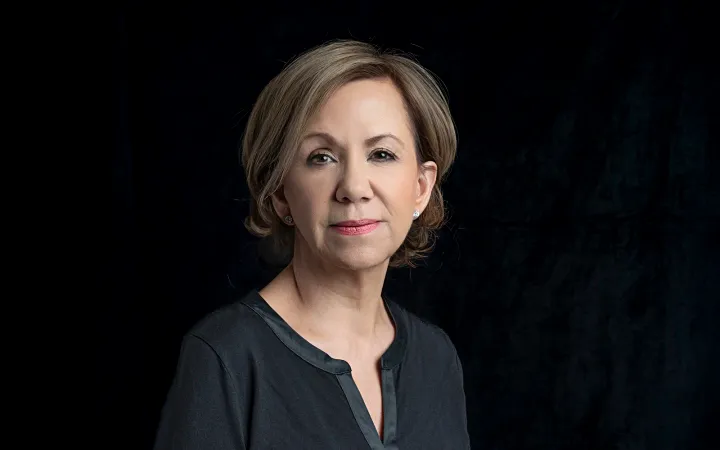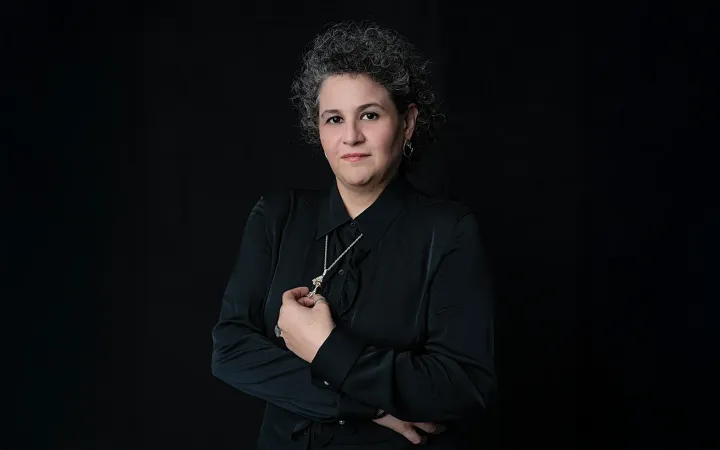Por Laura Carrera
En 2010, el gobierno lanzó el programa “Todos somos Juárez”, una respuesta ante la ciudad que, en ese entonces, se había convertido en la más violenta del mundo. Ciudad Juárez estaba marcada por la brutalidad de los asesinatos, particularmente de jovencitas, y la sociedad mexicana en su conjunto se solidarizaba con el sufrimiento de las madres y de los habitantes de Juárez, que vivían en el miedo y el dolor.
Sin embargo, hoy, al mirar el panorama actual, me atrevo a decir que, de manera dolorosa, todos somos Juárez, porque esa violencia que una vez se concentró en esta ciudad, ha alcanzado a muchos rincones del país.
Lo que ocurrió en Juárez no es hoy ya un caso aislado. Lo que empezó con la brutalidad en una ciudad, se ha esparcido por toda la nación. Ahora, ya no son solo las familias de Juárez las que viven con el miedo constante, sino también las familias de todo México. Asesinatos, desapariciones, y un número creciente de fosas clandestinas que dan cuenta del dolor y sufrimiento de miles de personas, muchas de las cuales jamás serán encontradas. Ejemplos como el caso de Teuchitlán, Jalisco, un campo de exterminio desgarrador, nos golpea en la cara recordándonos la magnitud de la tragedia.
El caldo de cultivo de todo esto comenzó hace décadas, cuando Juárez se convirtió en una ciudad maquiladora que necesitaba mano de obra. Miles de personas, principalmente de otros estados del país, llegaron en busca de empleo. Pero en lugar de integrarlos y ofrecerles una vida digna, las autoridades de ese entonces solo pensaron en las ganancias y en el crecimiento económico. El resultado fue una ciudad que, aunque próspera en términos de trabajo, carecía de infraestructura básica: educación, salud, vivienda, transporte. Y, por supuesto, lo que sucedió fue predecible: una creciente violencia, prostitución, alcoholismo, drogas, y el dominio que los narcotraficantes ejercían en las calles.
En los noventas, el asesinato de cientos de jovencitas comenzó a marcar una tragedia sin precedentes, pero las autoridades hicieron muy poco para detener esta ola de violencia. En 2001, con el hallazgo de los cuerpos de ocho jovencitas abandonados en un campo algodonero a las afueras de Ciudad Juárez, la indolencia de las autoridades locales quedó expuesta de manera cruel. Para entonces, ya había cientos de madres y familias buscadoras, pero la visibilidad llegó cuando Marisela Escobedo, en su incansable lucha por la justicia, se enfrentó a la indiferencia, corrupción y desdén de las fiscalías. Fue ella quien, al no rendirse, dio mayor visibilidad a la tragedia. Hoy miles de madres y familias buscan a sus hijos e hijas desaparecidas en todo México, y este fenómeno, lamentablemente, ha trascendido más allá de Juárez. Hoy, todos somos Juárez.
El sufrimiento causado por la violencia no solo afecta a los familiares directos de las víctimas, sino a toda la sociedad. Las huellas de la violencia se dejan en cada uno de nosotros. Las madres y padres que han perdido a sus hijos, los amigos que han visto desaparecer a sus seres queridos, los compañeros de trabajo que no pueden dejar de pensar en la violencia que nos rodea. Vivimos todos con un miedo latente, aunque no lo reconozcamos.
Es este miedo el que nos ha convertido en una nación marcada por el estrés, la ansiedad, y una sensación de inseguridad perpetua. A pesar de las cifras oficiales, México sigue liderando las estadísticas internacionales en estrés laboral, en violencia escolar, en violencia de género. Las emociones se desbordan, el enojo está a flor de piel, y las explosiones de violencia son cada vez más frecuentes. Desde la calle hasta las oficinas, desde el transporte público hasta los hogares, el malestar es palpable.
Suscríbete para leer la columna completa…




